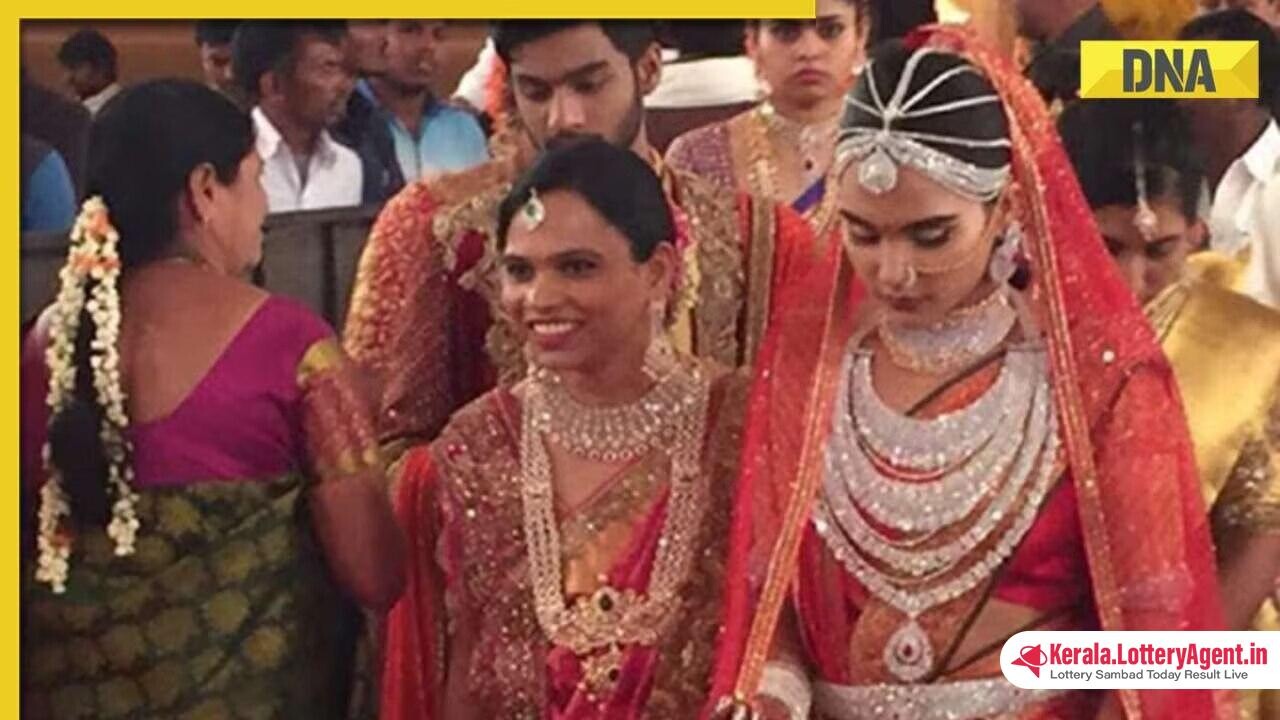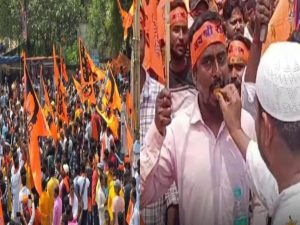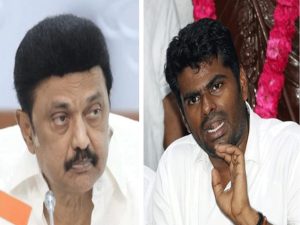
The term ‘The Great Indian Wedding’ encapsulates the essence of splendor and grandiosity that characterizes matrimonial celebrations in India, and this was epitomized in the wedding of Brahmani Reddy and Rajiv Reddy. The union, which took place in 2016, was not just a marriage of two individuals but also a colossal demonstration of opulence that etched its name as India’s most expensive wedding, surpassing all records with an estimated cost of around Rs 500 crore.
As daughter of the wealthy mining tycoon and former Karnataka minister G Janardhana Reddy, Brahmani Reddy’s wedding to Rajiv Reddy, son of Vikram Deva Reddy, a prominent Hyderabad-based businessman, was nothing short of a fairytale event scripted for royalty. The celebrations, stretched over five days, saw a staggering guest list of 50,000 people. Each individual was not just a participant but a witness to a spectacle of luxury that seldom finds parallels.
The centrepiece of the wedding was undoubtedly Brahmani Reddy’s attire. Draped in a luminous Kanjeevaram saree, woven with gold threads and painstakingly designed by the renowned Neeta Lulla, the saree carried a jaw-dropping value of Rs 17 crore. More than just a fashion statement, it stood as a testament to an ancient weaving heritage, marrying opulence with cultural grandeur.
Complementing the spectacular saree was Brahmani’s jewellery ensemble. Each piece was meticulously chosen to enhance the bridal aura, including a diamond choker necklace that alone cost Rs 25 crore. Together with the assortment of Panchdala, maang tikka, and hair accessories, her bridal adornments summed up to a dazzling Rs 90 crore.
Preparation for the guests’ comfort was as elaborate as the wedding itself. Janardhana Reddy booked an extensive 1,500 rooms across various five and three-star hotels across Bengaluru. No effort was spared in ensuring that the guests’ stay was as lavish as the wedding festivities.
The venue, a masterpiece in its own right, was transformed by Bollywood art directors into a regal recreation of the ancient ruins of Hampi—a tribute to the capital of the great Vijayanagar Empire. Guests wandered through the recreated historical edifices, including the mighty King Krishnadevaraya’s palace, the Lotus Mahal, and the Mahanavami Dibba amongst other majestic structures. The dining area itself painted a picturesque semblance of a Bellary village, making every moment in the venue not just a celebration but an immersive journey through time.
Transport within the grand venue was no less royal, with guests arriving at the celebration via a fleet of 40 chariots, while an additional 2,000 taxis and 15 helicopters were at the disposal of the attendees, showing how the wedding blurred the lines between reality and fantasy.
The culinary experience at the wedding was a royal platter with 16 different sweets, ensuring that the taste buds of the guests were as much a part of the wedding as their presence. The dedication to detail by the Reddys was unmissable, each sweet a testament to their desire to make the wedding a memorable event for each of their 50,000 guests.
Even the wedding invitations were a marvel, each reportedly costing Rs 5 crore. The golden Ganesha idol included in the invite and the LCD screen playing a choreographed song featuring the Reddy family elevated this invitation to more than just a piece of paper—it was an heirloom.
Despite the grandeur, Janardhana Reddy’s endeavor was not without controversy. With such conspicuous spending, criticism arose from various quarters, including political opponents and social groups. They questioned the appropriateness of such extravagance, especially considering Reddy’s public figure status and the wider social implications of such exorbitant spending.
The wedding of Brahmani Reddy and Rajiv Reddy remained etched in the collective memory of the nation not only because of its scale but also because it sparked a debate on the boundaries of luxury and ostentation in Indian society. It was a display that set a benchmark in wedding celebrations, even as it challenged the sensibilities of many regarding wealth and its public exhibition.












